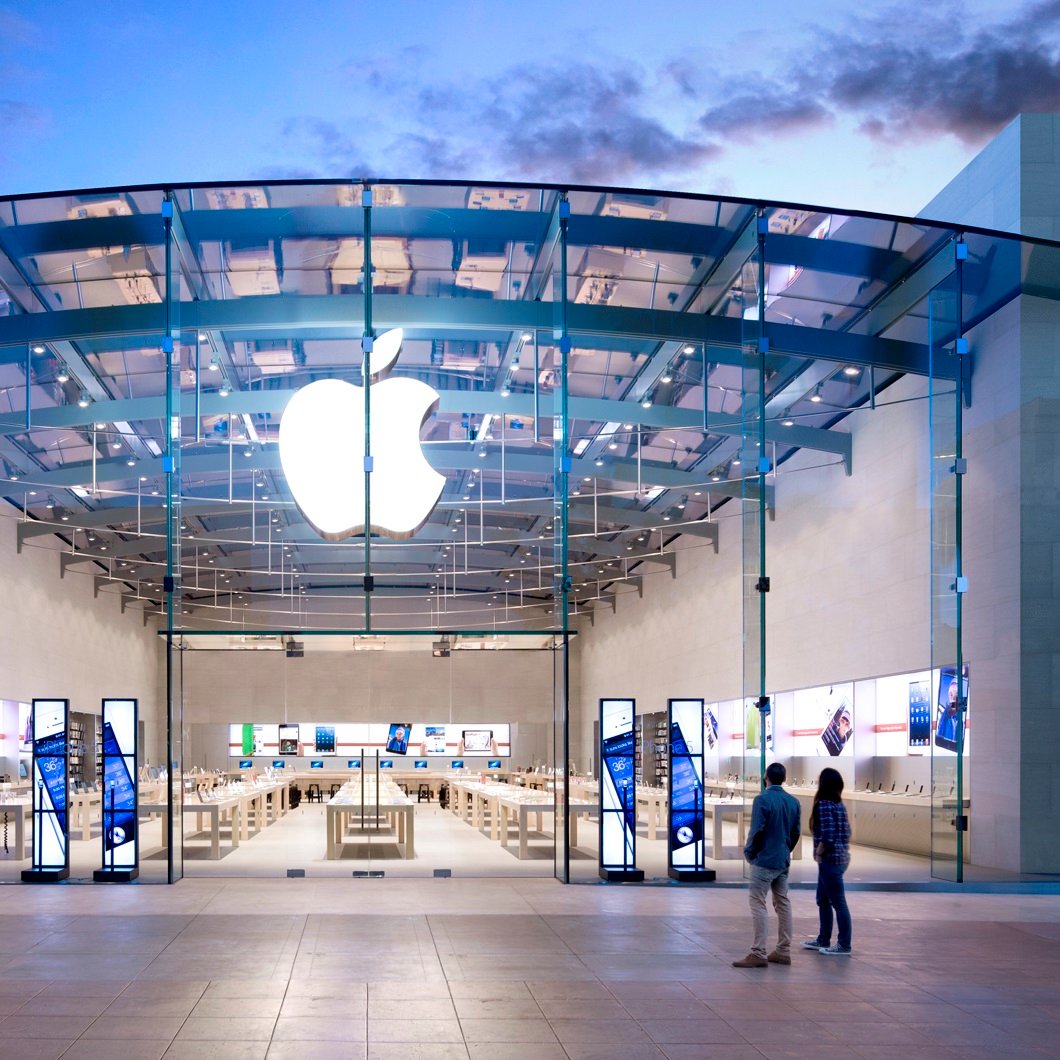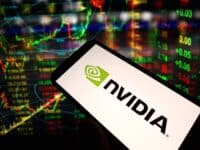

Investors love when companies pay dividends and when they repurchase outstanding shares of the common stock. Dividends may account for over half of all total returns through time, but these stock buyback plans can in many ways accomplish what dividends may not. There are tax consequences and there are post-buyback effects to consider here.
24/7 Wall St. recently covered the 18 companies that will dominate stock buybacks in 2016. Apple Inc. (NASDAQ: AAPL) was among those companies. Due to such a large balance sheet and such a large existing buyback, Apple is almost certain to land in the top few of all companies buying back billions of dollars worth of stock.
So, just how much money will Apple spend on its stock buyback plan this year alone? It may not be known if this turns out to live up to plan until early 2017. That caveat aside, Apple already spent roughly $3 billion in its first quarter of fiscal 2016 at an average price of $115.45 per share. Its November 2015 accelerated share repurchase period will end in or before April 2016. At December 26, 2015, Apple saw its share count drop on a diluted basis to 5.594 billion from 5.881 billion a year earlier.
If we take Apple at face value, and if we assume no additional buyback funds being committed, Apple could easily be spending some $20 billion for stock buybacks alone in calendar year 2016. As a reminder, Apple’s fiscal year ends in September.
It should be noted that Apple tapped the bond markets again in 2016, and it was listed as over $10 billion when we covered it. One of the uses of proceeds was of course to repurchase shares under its capital return plan.
Apple’s use of proceeds for that latest bond offering said:
We intend to use such net proceeds for general corporate purposes, including repurchases of our common stock and payment of dividends under our program to return capital to shareholders, funding for working capital, capital expenditures, acquisitions and repayment of debt.
Apple’s earnings release from January said:
We generated operating cash flow of $27.5 billion during the quarter, and returned over $9 billion to investors through share repurchases and dividends. We have now completed $153 billion of our $200 billion capital return program.
It is likely that Apple will increase its dividend later in 2016. There is no reason to believe that the dividend hike will interrupt the share buybacks. There is also no reason to believe that Apple cannot increase its stock buybacks. Now just imagine how much Apple could repurchase and return to shareholders if that overseas capital repatriation is able to be done at less than 35% hit the capital would take today.
Another reason to believe that Apple will buy back more stock is that the short interest dropped sharply in February. Short sellers may be worried that Apple could declare an even larger share buyback plan later this year.
Another consideration has to be the dilemma that Tim Cook has with the FBI over wanting to unlock the iPhone. This already has dominated much time in the media, and it could ultimately have an impact on the business inside the United States and in international markets.
One last issue to consider is that Apple’s stock has not performed well of late after years of gains. With shares at around $98.00 now, Apple’s 52-week trading range is $92.00 to $134.54. Its consensus analyst price target is still north of $135, even after coming down from a prior consensus of $148 or so when we ran the bull/bear analysis for Apple in 2016.
Apple’s raw closing price at the end of 2015 was $105.26, for a total return of -3.01%, if you account for its dividend payments.
Of the 18 companies 24/7 Wall St. featured that will dominate the 2016 stock buyback field, Apple may be the top player. This $20 billion could be about 15% of the entire $135 billion these 18 companies may spend buying back their own stock.
Take This Retirement Quiz To Get Matched With A Financial Advisor (Sponsored)
Take the quiz below to get matched with a financial advisor today.
Each advisor has been vetted by SmartAsset and is held to a fiduciary standard to act in your best interests.
Here’s how it works:
1. Answer SmartAsset advisor match quiz
2. Review your pre-screened matches at your leisure. Check out the
advisors’ profiles.
3. Speak with advisors at no cost to you. Have an introductory call on the phone or introduction in person and choose whom to work with in the future
Take the retirement quiz right here.
Thank you for reading! Have some feedback for us?
Contact the 24/7 Wall St. editorial team.



